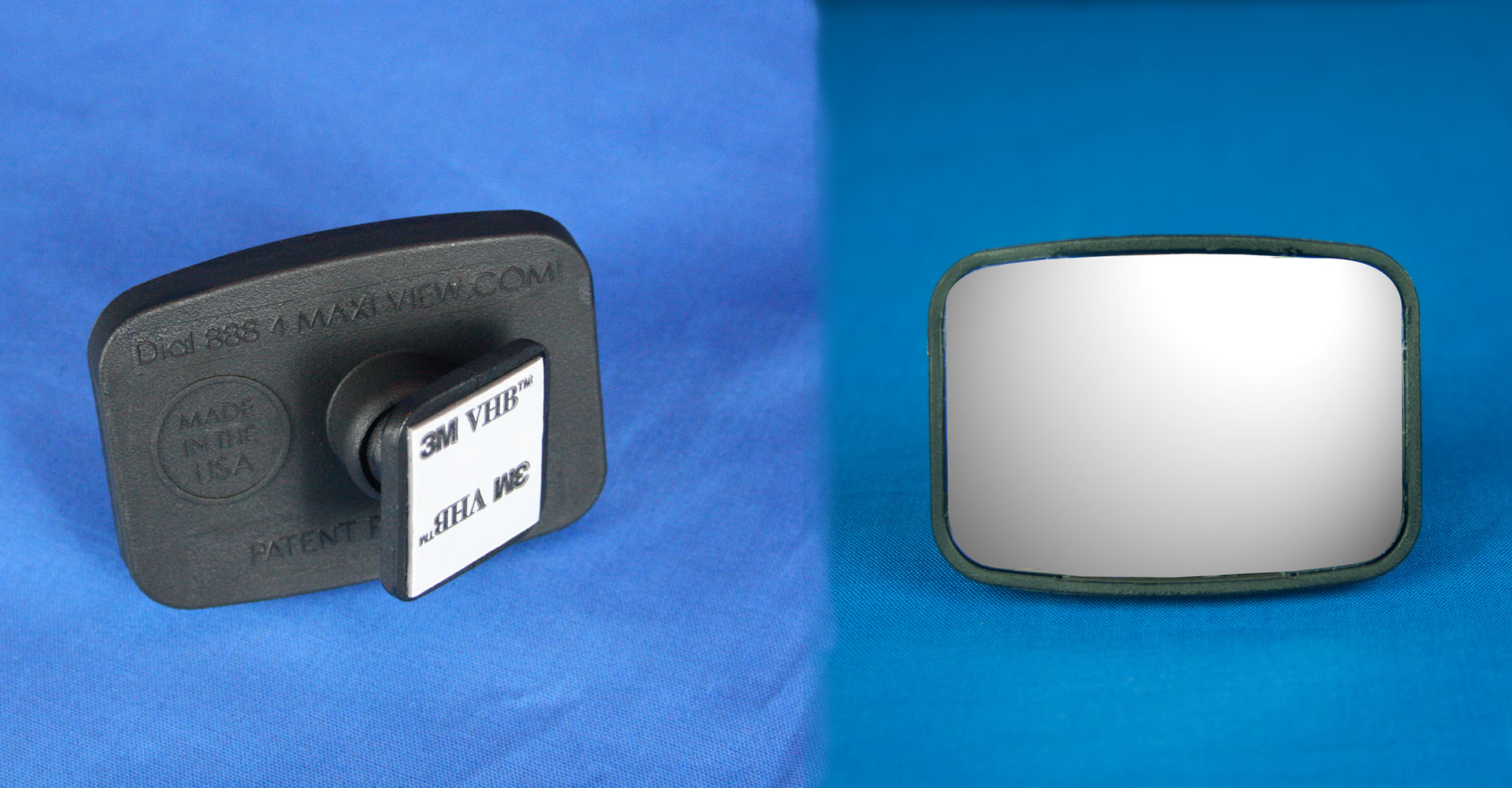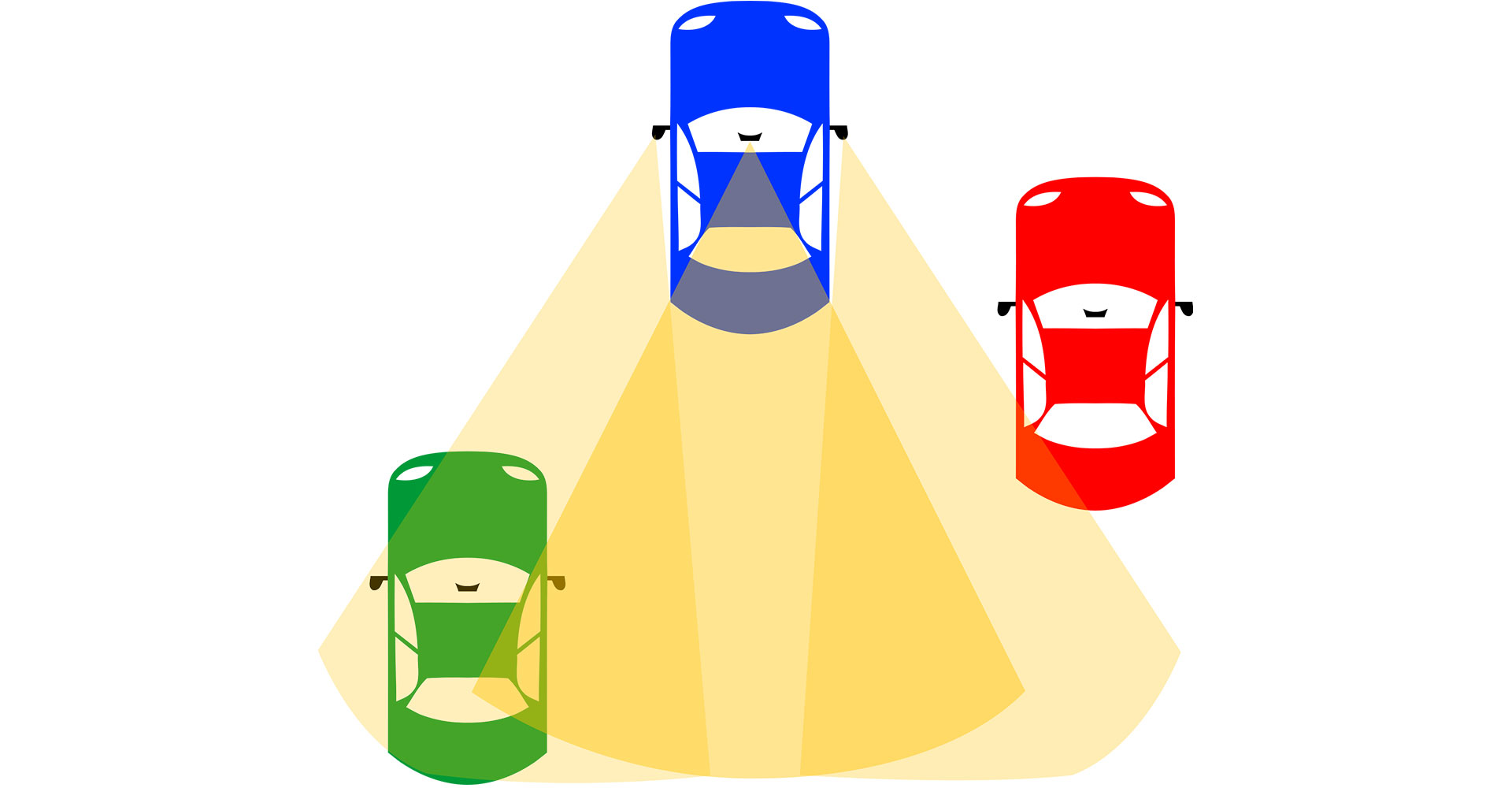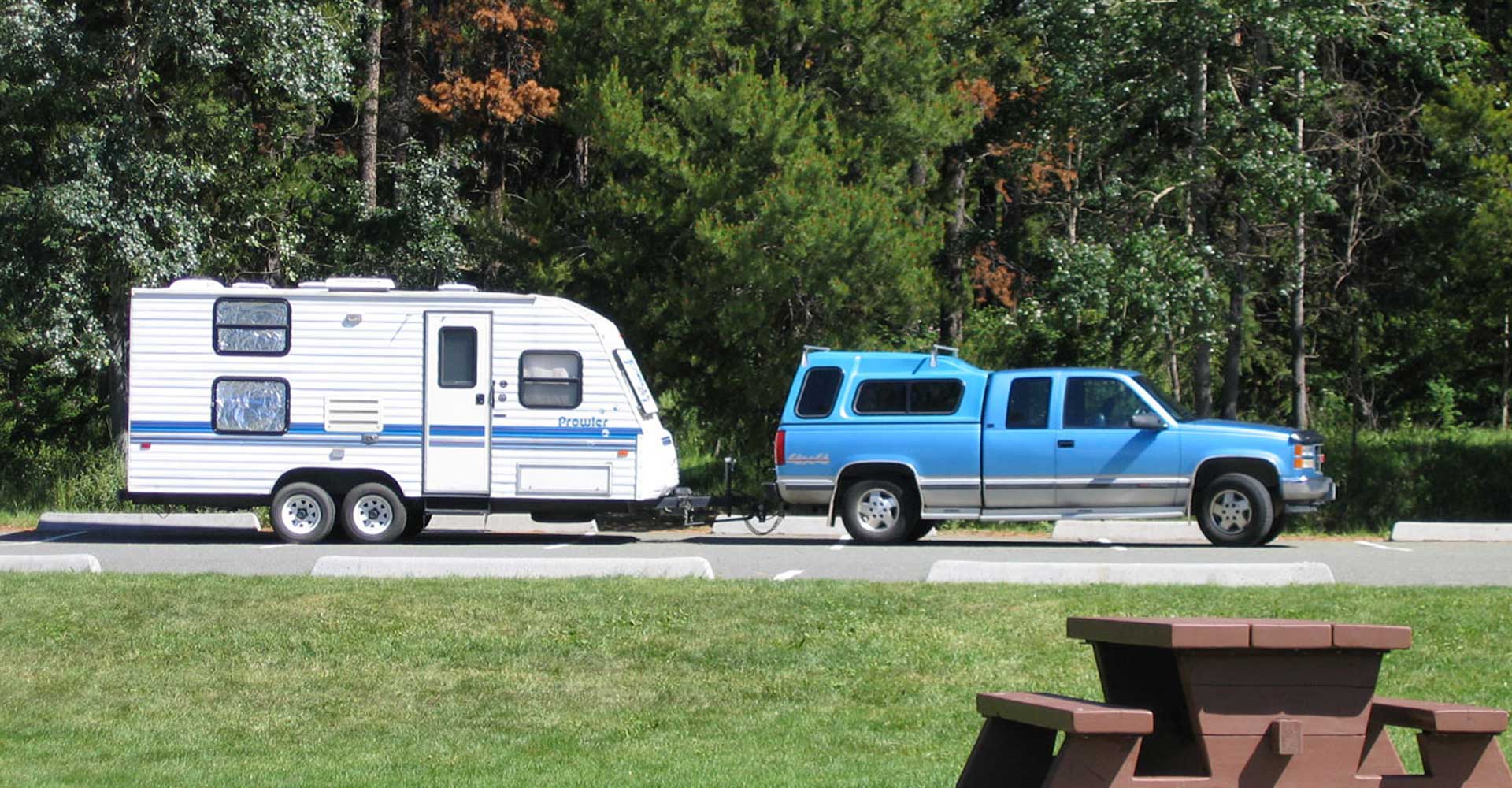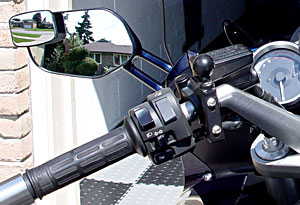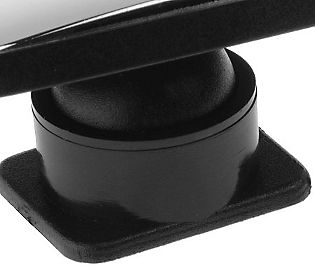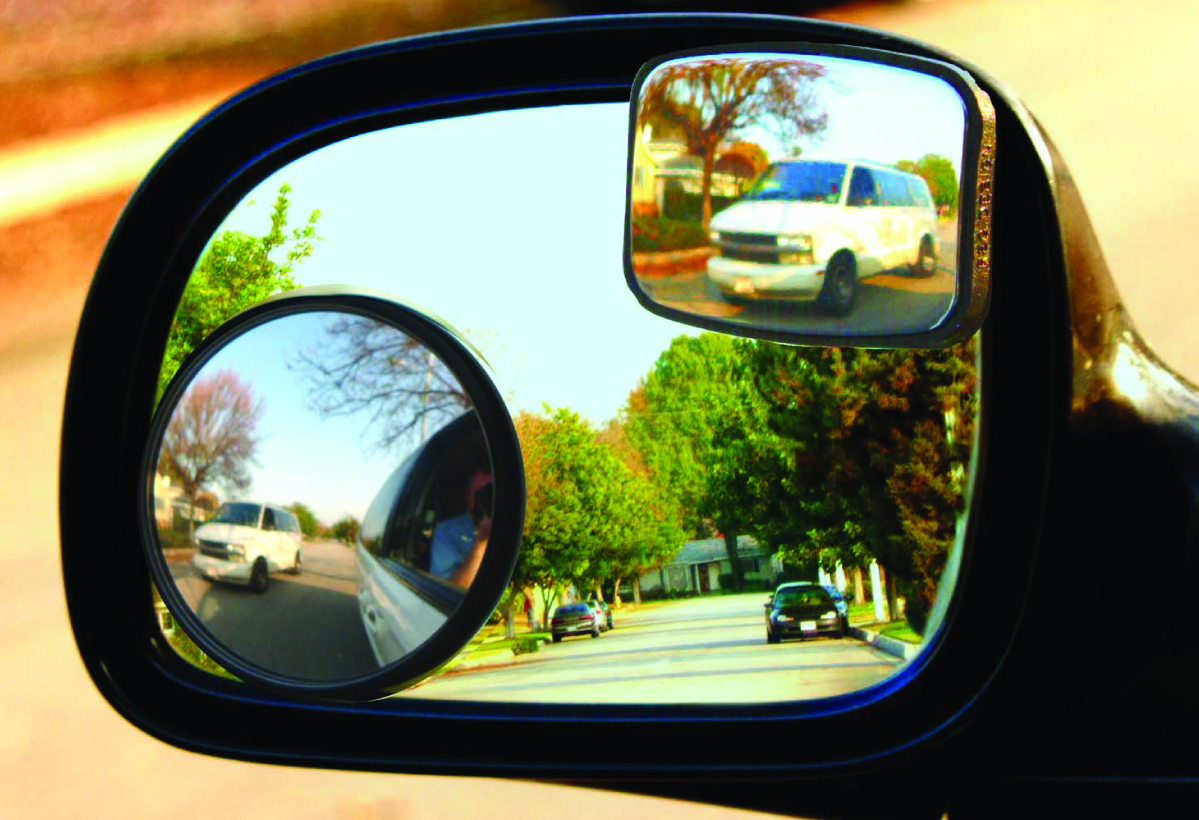
You are driving along the road, keeping a careful lookout for dangers. Yet, did you know that a large area around you is invisible to you and that other road users could be very close to crashing into you before you ever saw them?
You are fairly safe looking forward as long as your window is clear. You can also look sideways through windows as long as your passenger is keeping out of the way.
Have a look in your rear view mirror. Again, if there is nothing in the way, you should have a good view directly behind the vehicle. The problem comes in the area from 90 to 180 degrees from your forward vision. The big problem comes if you think your side mirrors cover this area. They don’t.
Your side mirrors show the view down the side of the vehicle. They show further out to the side, the further back you are looking. If you keep the side of your car in your side mirrors, a vehicle could be very close to your side without you seeing it. If you push your side mirrors out, to catch a wider view, you will leave a gap right next to your car which you will not be able to see.
A vehicle following you will be easily visible in your rear view mirror. It will then pull out of your vision as it moves out to overtake. It will drift into vision on the wing mirror eventually, but may disappear again before you can actually see it from looking out of your side window.
So, as you hurtle along the freeway about half the area to the rear of your side on view will be invisible to you. What can you do about that?

